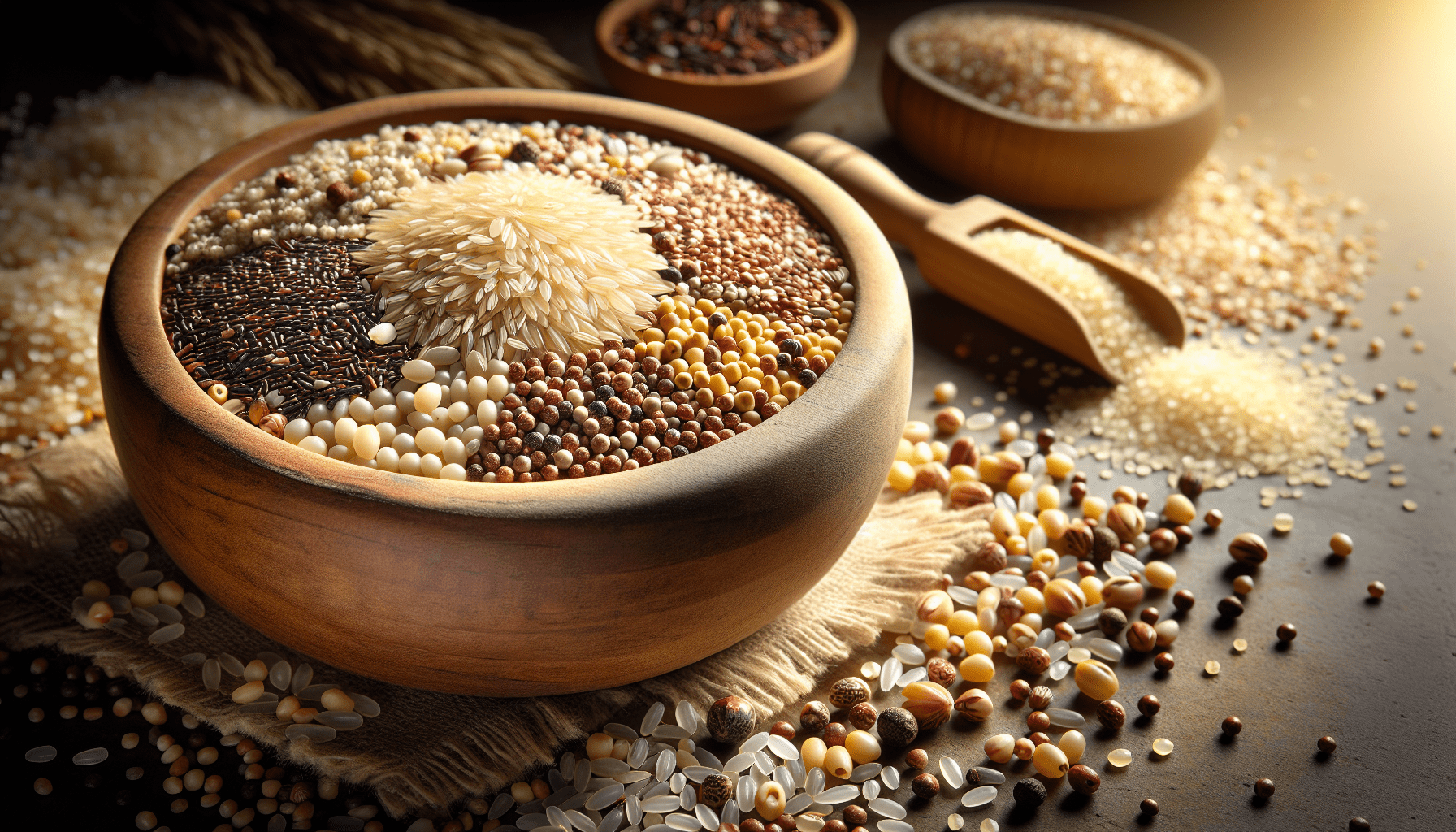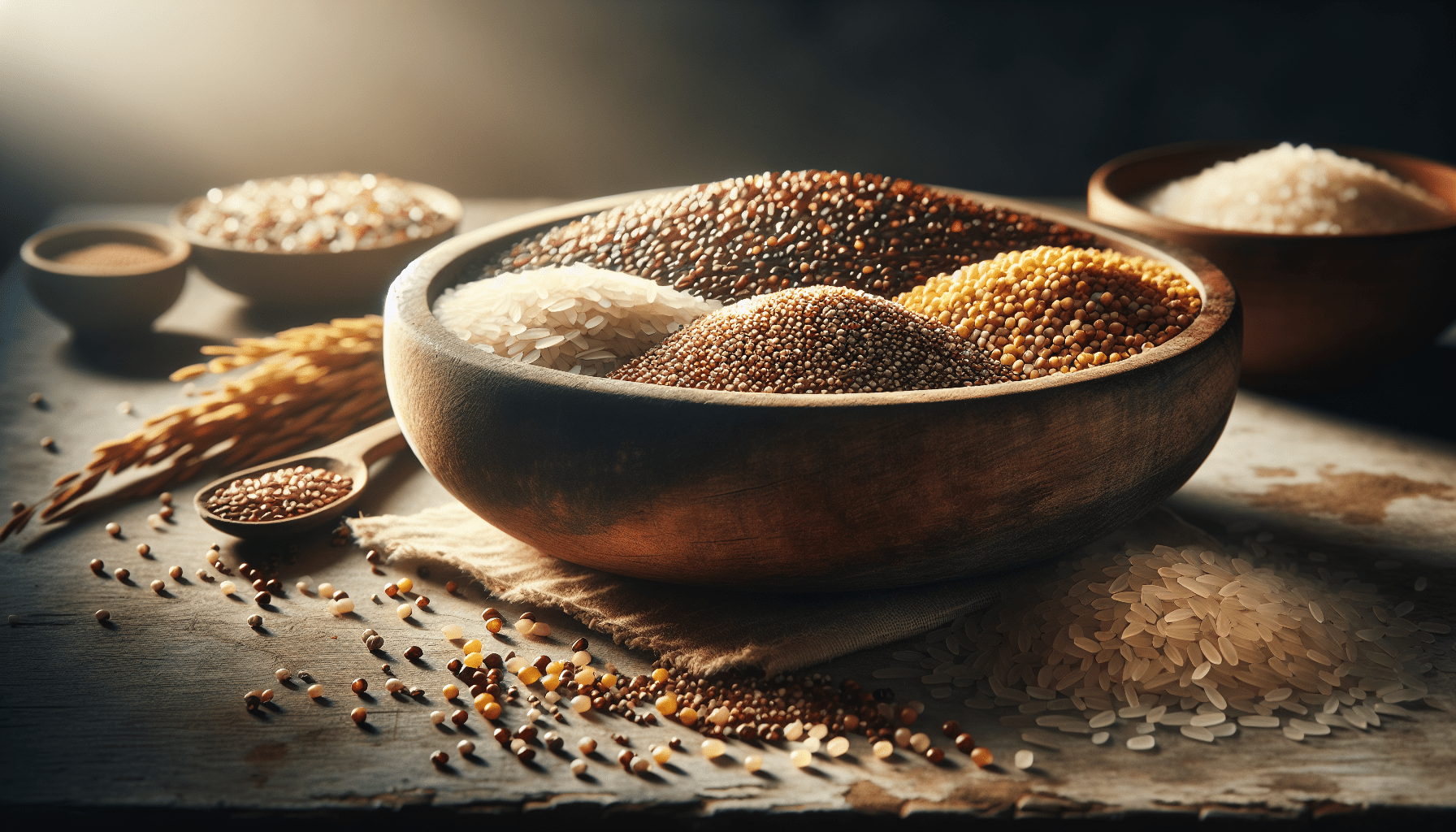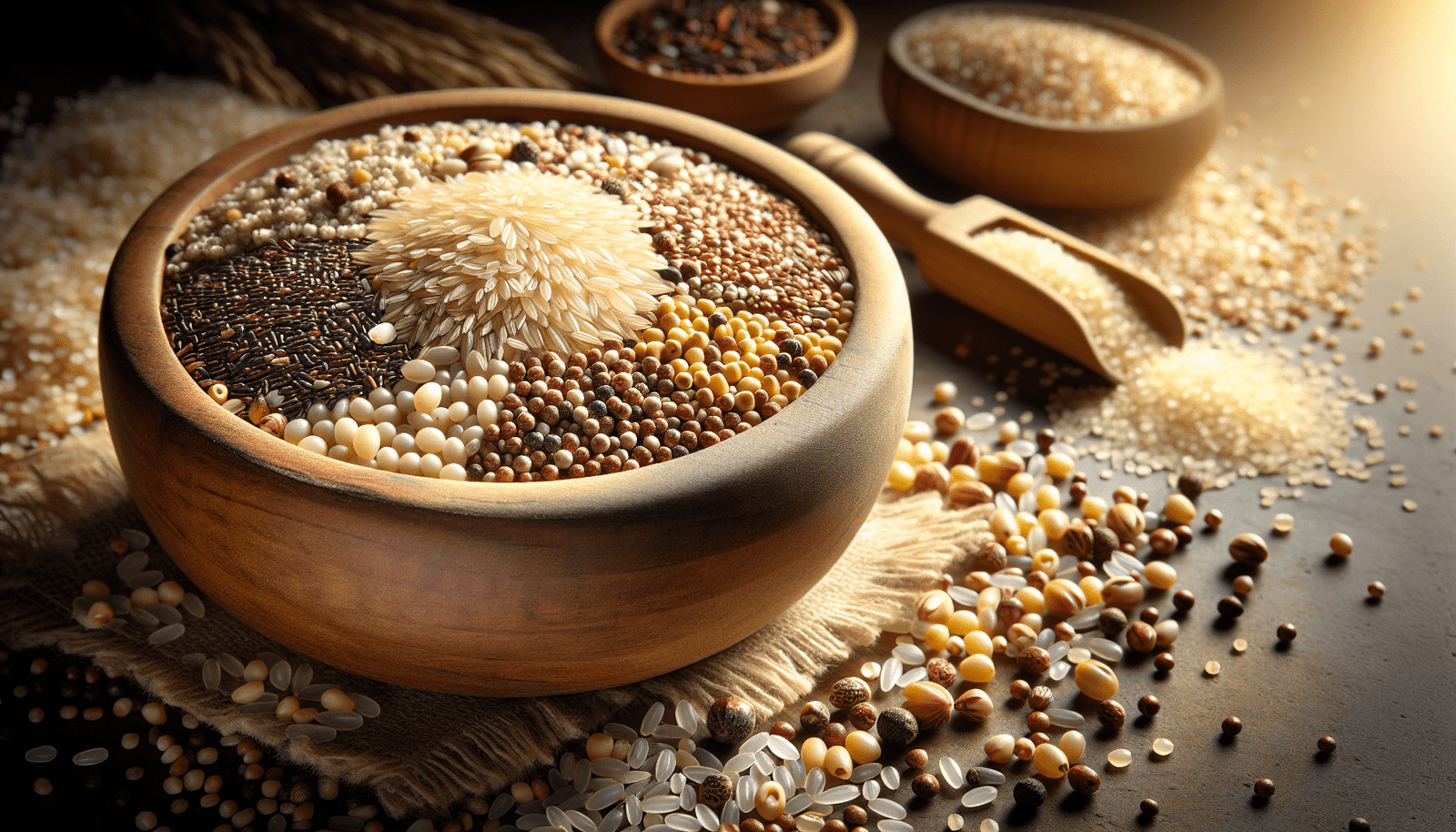What if I told you that the grains you choose to eat can have a significant impact on your health, especially if you’re concerned about substances like oxalates? You might be unfamiliar with oxalates, but if you’re dealing with specific health concerns like kidney stones or certain inflammatory conditions, understanding them could change the way you view your pantry.
Understanding Oxalates
First, let’s get on the same page about what oxalates are. Oxalates are naturally occurring compounds found in many foods, and while they’re typically harmless for most people, they can pose problems for others. High oxalate foods can lead to the formation of kidney stones in susceptible individuals, as they bind with calcium in the body.
How Oxalates Affect Your Health
If you have a history of kidney stones or certain metabolic conditions, high oxalate foods can increase your risk for further issues. It’s important to listen to your body and make choices that align with your health needs. By being mindful of your oxalate intake, you can better manage these conditions.
The Role of Grains in Your Diet
Grains are a major part of many diets around the world. They provide essential nutrients like fiber, vitamins, and minerals. However, not all grains are created equal when it comes to their oxalate content.
Why Choose Low Oxalate Grains?
When you’re managing oxalate intake, selecting low oxalate grains can help you maintain a balanced diet without pushing your body towards adverse reactions. It’s all about finding that sweet spot where you enjoy your meals while taking care of your health.

Grains Low in Oxalates
Now, let’s get to the heart of the matter. You’re probably asking yourself, “What grains are low in oxalates?” Here’s a detailed breakdown:
Quinoa
Quinoa has gained popularity for its nutritional profile, but it’s also low in oxalates. This gluten-free grain is packed with protein and fiber, making it a fantastic choice for salads, side dishes, or even breakfast bowls.
-
Nutritional Benefits:
- High in protein
- Rich in essential amino acids
- Good source of magnesium
Quinoa can be your go-to option when you’re looking to fill your plate without the worry of high oxalate content.
Rice
Rice is another grain that generally has low oxalate levels. Both white and brown rice can fit into your diet without causing oxalate-related concerns.
-
Nutritional Benefits:
- Source of carbohydrates for energy
- Easy to digest
- Low allergenic potential
Rice can be a versatile and safe base for various dishes, from stir-fries to grain bowls.
Cornmeal
Cornmeal is not just great for making delicious cornbread; it also falls into the category of low oxalate grains.
-
Nutritional Benefits:
- Provides fiber
- Contains B vitamins
- Often gluten-free
Opt for cornmeal in your baking or cooking adventures, knowing it supports your dietary needs.
Millet
Millet is a less commonly discussed grain but is packed with benefits. It’s another excellent low oxalate choice that can add variety to your diet.
-
Nutritional Benefits:
- Good source of magnesium, phosphorus, and B vitamins
- Naturally gluten-free
- Easy to incorporate into salads or as a side dish
Millet can bring a new texture and flavor profile to your meals, making it a fun option.
Buckwheat
Despite its name, buckwheat is actually a seed and not a grain, but it’s often grouped in that category. It’s low in oxalates and offers a nutty flavor—a great addition to your meals.
-
Nutritional Benefits:
- Source of antioxidants
- Contains rutin, which is beneficial for blood circulation
- High in fiber
Incorporating buckwheat can elevate your dishes while keeping them oxalate-friendly.
Moderation and Preparation
Just knowing the grains that are low in oxalates isn’t the end of the story. It’s also about how you prepare them. Certain cooking methods can influence the oxalate levels in foods. For grains, here are some tips:
Cooking Methods
- Thorough Rinsing: Rinsing grains like quinoa before cooking can help remove some of the surface oxalates.
- Soaking: Soaking grains overnight can decrease oxalate levels as it can help to leach out these compounds.
- Cooking Time: Some studies suggest that prolonged cooking can also help lower oxalate content.
Portion Control
Even when you’re working with low oxalate grains, portion control matters. Eating a variety of grains in moderation can help ensure you get the nutrients you need without overdoing it.

Pairing Low Oxalate Grains with Other Foods
Combining low oxalate grains with other food groups can lead to a well-rounded meal. Here are some suggestions for toppings, sides, and pairings that work well:
Proteins
Including lean proteins like chicken, turkey, and certain fish can provide a balanced meal. Eggs are also a wonderful pairing, especially with quinoa or brown rice.
Vegetables
Incorporating a variety of veggies is essential, and luckily, many are low in oxalates as well! Think about adding bell peppers, cucumbers, and zucchini to your dishes.
Healthy Fats
Don’t forget healthy fats. Nuts and seeds can be tricky, but small amounts of certain varieties such as sunflower seeds can be okay. Consider drizzling olive oil or top your grains with avocado.
Final Thoughts
Navigating the world of oxalates can feel overwhelming at times, but you can take control of what goes on your plate. Low oxalate grains are not only nutritious but also versatile, allowing you to create a variety of delicious meals that can fit into your lifestyle.
As you experiment, remember that individual responses to foods can vary, so it’s a good idea to see how your body reacts to specific grains. Incorporating low oxalate grains into your diet doesn’t have to feel limiting—instead, it can be an opportunity to discover new favorites!
Keep in mind that obtaining a knowledgeable perspective on your dietary choices is essential. If you have specific concerns or dietary restrictions, consulting with a healthcare provider or a nutritionist could offer you personalized advice.
Understanding more about the foods you consume is empowering. By choosing grains that are low in oxalates, you’re taking a proactive step towards better health. You’ve got this!

